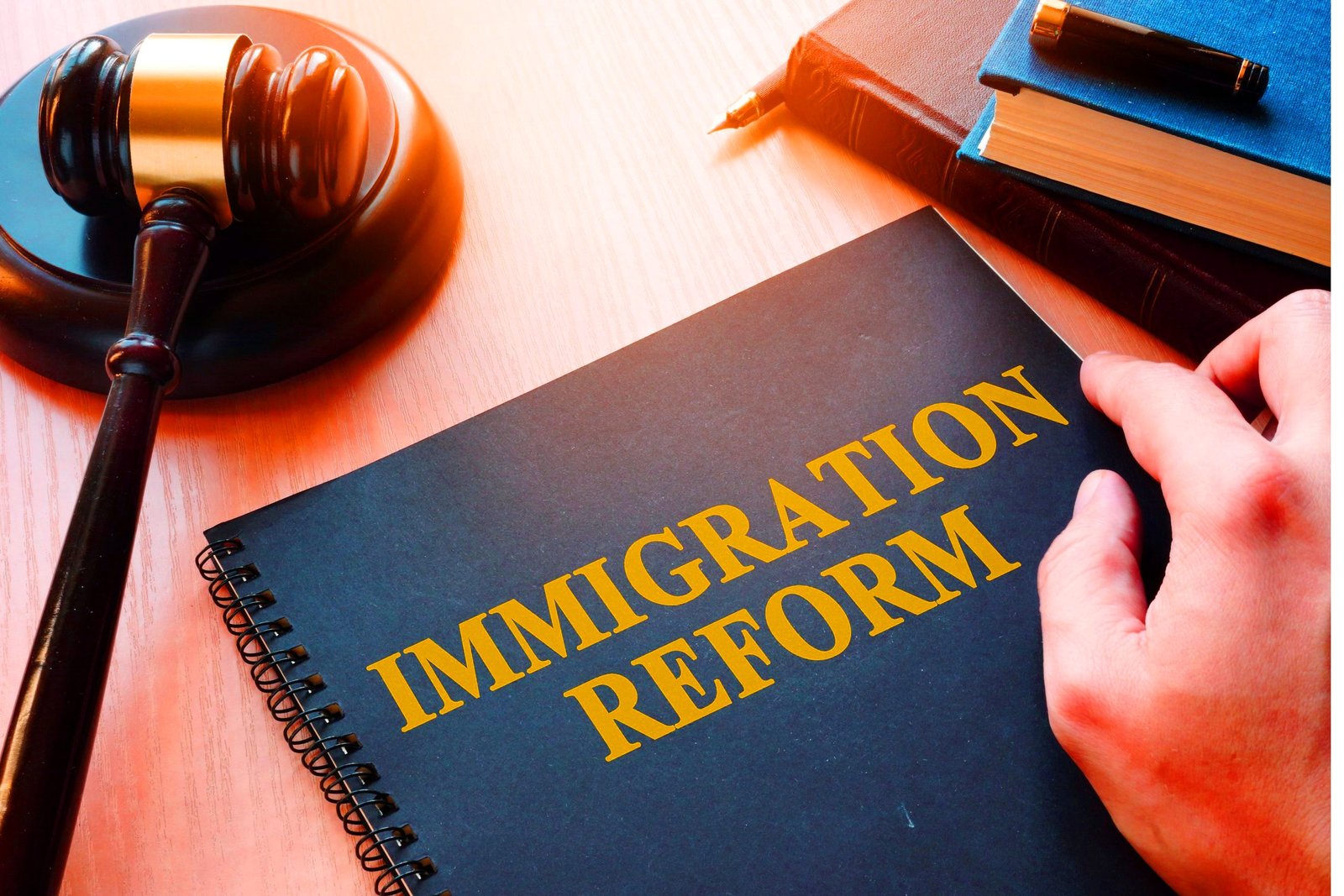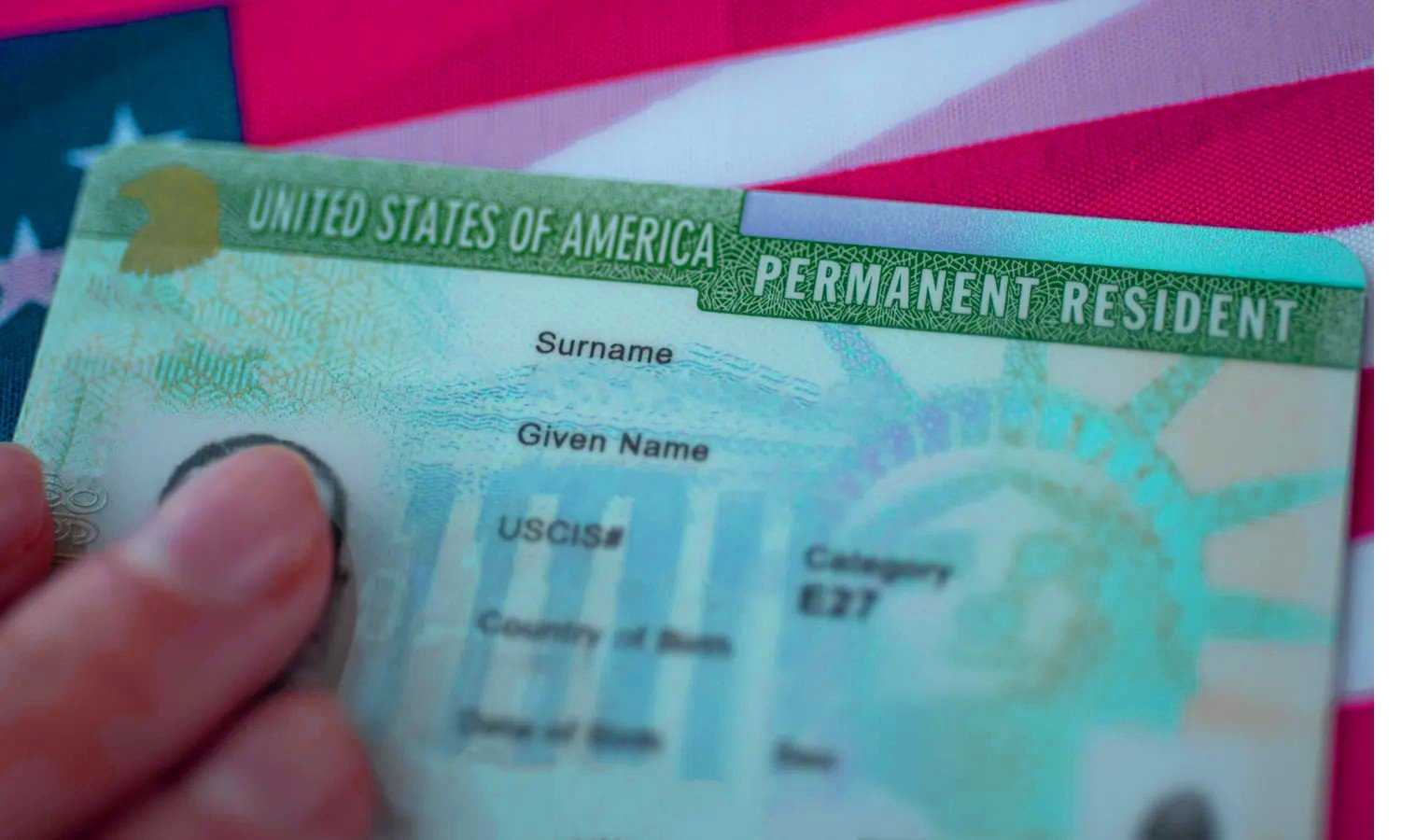An Overview of U.S. Immigration Law and Policy (2023)


The complicated and dynamic immigration law system in the United States is a key factor in determining the demographic makeup and cultural diversity of the country. Who can enter the country, how long they can stay, and under what conditions they can become citizens or permanent residents are all governed by U.S. immigration law and policy. The main features of American immigration law and policy are fully covered in this article.
Contents
What are the laws and policies governing immigration in the United States?
The rules, statutes, and legal precedents governing foreign nationals’ admission, detention, and status within the United States are collectively referred to as U.S. immigration law. These statutes are intended to control immigration, advance national security, safeguard domestic labor markets, reunite families, and address humanitarian issues. On the other hand, U.S. immigration policy includes the objectives and tenets that direct the creation and application of immigration legislation.
Read More: Understanding the Different Types of Insurance Policies and Coverage Options (2023)
U.S. Immigration History
It is critical to look at the historical backdrop of U.S. immigration law and policy in order to comprehend where things stand today. Immigration has played a significant role in American history, from the earliest days of European colonization through the waves of immigrants in the 19th and 20th centuries. By substituting nationality-based quotas with preference categories based on family ties and abilities, the Immigration and Nationality Act of 1965, also known as the Hart-Celler Act, made significant changes to the immigration system.
Important Elements of US Immigration Law
Immigration based on family
Immigration can be sponsored for certain relatives by U.S. citizens and lawful permanent residents. Priority is given to immediate family members, such as spouses, parents, and unmarried children under 21. Other close relatives fall under preference categories with annual number caps. Maintaining family harmony and bringing together separated families in the country is the aim of family-based immigration.
Immigration Based on Employment
Immigration based on employment favors people with specialized knowledge, credentials, or work experience that are in demand in the US. Various preference categories, including priority workers, professionals with advanced degrees, skilled workers, and investors, are part of the employment-based immigration system. These people are often sponsored by employers in order to fill open positions and strengthen the American economy.
Asylum and Refugee Policies
People seeking asylum because they fear persecution in their home countries and refugees fleeing persecution have long found safety in the United States. People who have fled their home countries and are unable or unable to do so because of a justified fear of being persecuted because of their race, religion, nationality, political stance, or membership in a particular social group are considered refugees. At U.S. ports of entry or inside the nation, asylum seekers present their cases to request protection under national and international laws.
Visas for nonimmigrants
Foreign nationals with non-immigrant visas can travel, do business, study, or work temporarily inside the United States. Usually, these visas are granted for predetermined times and purposes. The B-1 (business visitor), F-1 (student), H-1B (skilled worker), and J-1 (exchange visitor) visas are a few examples of non-immigrant visas. Holders of non-immigrant visas must prove that they only intend to stay in the country temporarily.
Border Patrol and Security
The cornerstones of American immigration law and policy are border security and enforcement. The American government works hard to keep its borders safe, stop unauthorized immigration, and catch people who break immigration laws. Immigration rules are heavily protected by organizations like Immigration and Customs Enforcement (ICE) and U.S. Customs and Border Protection (CBP).
System of Immigration Courts
Immigration cases are decided by the U.S. immigration court system, which also decides whether or not people should be given immigration benefits or deported. The immigration courts, where immigration judges preside over hearings and render judgments on asylum requests, removal processes, and other immigration-related issues, are under the control of the Executive Office for Immigration Review (EOIR).
Recent Reforms and Developments
Immigration law and policy in the United States have experienced substantial modifications and adjustments in recent years. Reforms have been put in place by several administrations to improve legal immigration procedures, secure the border, and help certain illegal immigrant populations. These changes have prompted discussions and disputes, bringing to light the difficulties of immigration law and the demand for thorough immigration reform.
Criticisms and Obstacles
Immigration law and policy in the US are subject to several issues and complaints. Some contend that the system has to be simplified since it is too complex. Others expressed worries about the integrity of the border, undocumented immigration, and possible effects on domestic labor markets. It is still difficult for authorities to strike a balance between the requirement for national security and humanitarian concerns as well as economic rewards.
Conclusion
Immigration law and policy in the United States influence the country’s identity, cultural diversity, and economic environment. Anyone who wants to understand the complexities and discussions surrounding this vital topic must have a solid understanding of the fundamental elements, historical backdrop, contemporary developments, difficulties, and economic impact of immigration. The United States works to preserve a dynamic and inclusive immigration system by balancing national security, humanitarian issues, and economic objectives.
Read More: People Want River Roads Fixed 2023
FAQs
How can I find out if I am eligible for immigration based on family?
The requirements for family-based immigration vary on a number of variables. For comprehensive information and qualifying requirements, it is advised to speak with an immigration lawyer or visit the US Citizenship and Immigration Services (USCIS) website.
How is the Deferred Action for Childhood Arrivals (DACA) program doing right now?
There are continuing legal and policy changes that could affect the DACA program. Refer to the official USCIS website or ask an immigration expert for the most recent information on the program’s status and eligibility requirements.
How can I submit an asylum application in the US?
Applying for asylum can be a difficult procedure. It is essential to speak with a qualified immigration lawyer or look for support from respected groups that offer legal services to asylum seekers.
What are immigration’s economic advantages?
Numerous economic advantages associated with immigration include the development of jobs, an increase in consumer spending, and a greater diversity of cultures, which frequently fosters creativity and entrepreneurship.
How does the American immigration system address concerns about security?
In order to address security concerns and promote legal immigration, the U.S. immigration system incorporates a number of security measures, such as background checks, vetting procedures, and border enforcement.




2 Comments